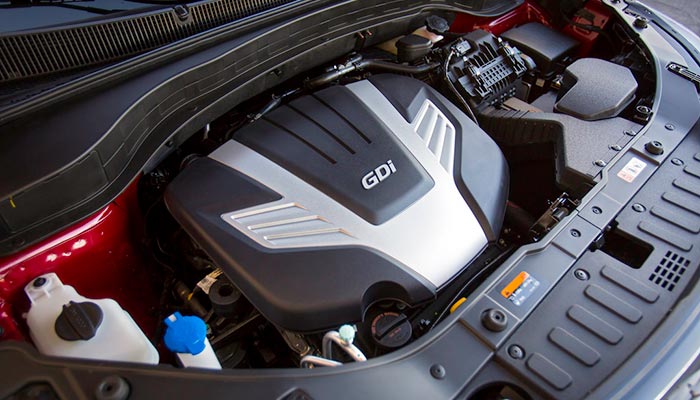Timing Chain or Belt: How Can an Engineering Change Affect Your Shop?
Like it or not, modern technology dictates how the modern independent import repair shop does business. Case in point, the first “rubber” timing belt I saw was in 1968 on a domestic-manufactured single overhead camshaft, six-cylinder engine. Given our experience, we had quite a laugh over the prospect of these gear-toothed “rubber” timing belts lasting
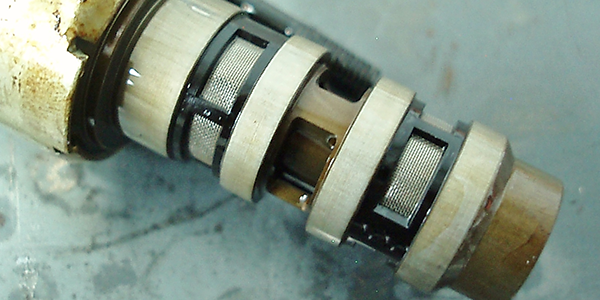
How Noise, Vibration And Harshness Driveline Diagnostics Is Changing
This article will introduce you to some of the basic terminology and testing techniques used in modern NVH diagnostics.
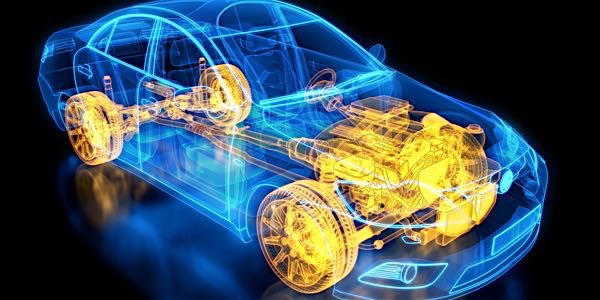
Wheel Alignment On Toyota Trucks (Part 1)
Tires are an integral part of modern steering and suspension systems, not to mention they are often an equally integral part of modern safety features like anti-lock braking systems (ABS), electronic stability control (ESC), active braking and lane-change warning systems.
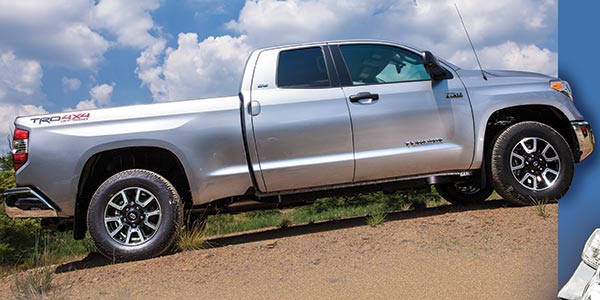
Wheel Alignment On Toyota Trucks (Part 2)
A line drawn through the upper and lower ball joints (the steering axis inclination or SAI angle) should intersect the road surface with the center tread bar of the tire, which provides an exact pivot point for steering the front wheel.

Tire Scrub Diagnostics
Give him an unusual tire wear complaint, and he’ll give you a tire wear problem that begins and ends at the steering knuckle, says Gary Goms, who adds that diagnosing a “green-zone” camber problem requires an understanding of steering geometry far beyond what a basic knowledge of camber, caster and toe angle can solve.
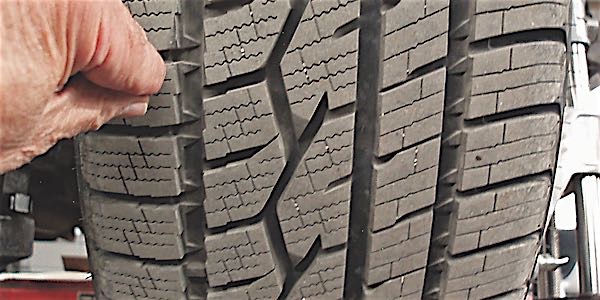
PCM And CAN Bus Communication Diagnosis
Although CAN bus was introduced by Mercedes-Benz during the early 1990s and adopted by many European manufacturers, many domestic and Asian auto manufacturers waited until the 2004 model year to introduce CAN bus in their lower-end, bread-and-butter vehicles.
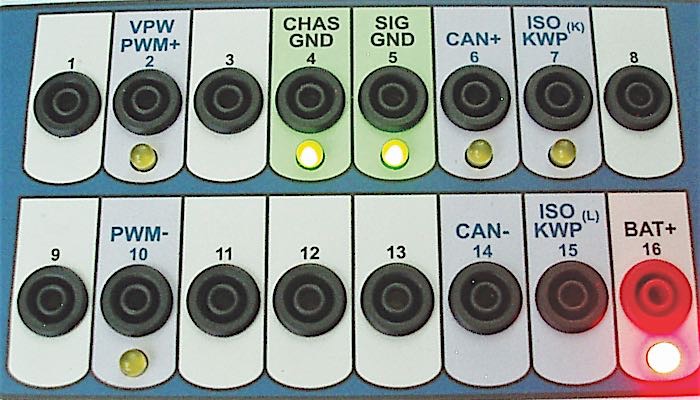
Increasing Your Bottom Line
For generations, many import shops have used the conventional “loss-leader,” 3,000-mile oil/filter change as their sole opportunity to inspect their customers’ vehicles for maintenance needs. But that practice has been rendered obsolete by import manufacturers programming extended oil life monitoring algorithms into their engine control modules (ECMs).
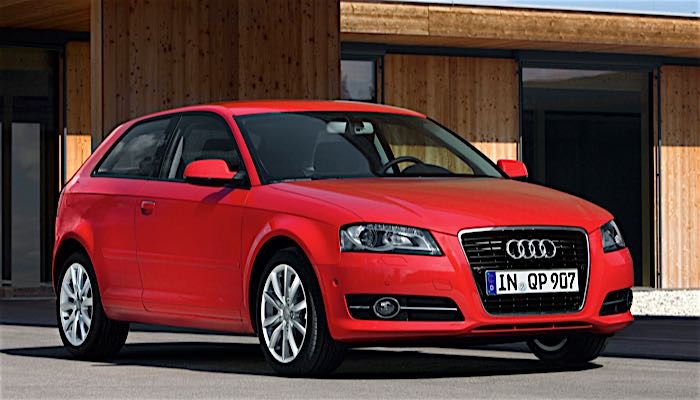
Fuel Trim And AFR Sensors
This summer, an old friend and former teaching partner arrived at our local car show with the check engine light illuminated on his 2004 Holden Monaro, which was imported from Australia and rebadged and sold in the U.S. Its unique corporate history aside, this relatively rare imported muscle car had the all-too-common P0171 and P0174 trouble codes stored in its diagnostic memory.
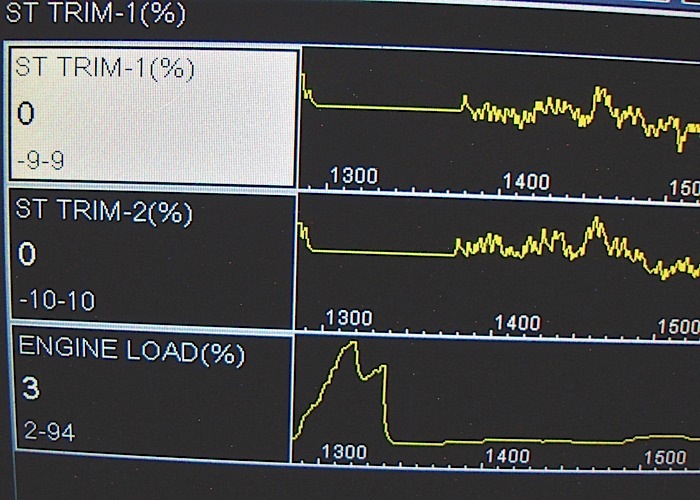
Diagnosing Common Flood-Damaged Vehicles
Although minor flooding at intersections often doesn’t cause many problems other than rusted brakes, major flooding can damage most of the mechanical and electrical components found in the engine and passenger compartments.
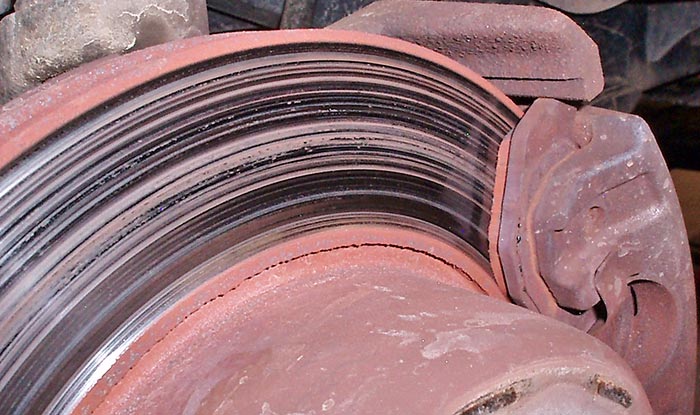
Subaru Pulse-Width Modulated Fuel Pumps
I think it might have been a 2003 Subaru WRX, but it was parked in front of my local Subaru specialist’s shop after going on its fourth fuel pump replacement from other shops in less than six months. Both the Subaru specialist and I agreed that fuel pump failures on Subarus were relatively rare, so the previous repair shops had obviously overlooked some very important details.
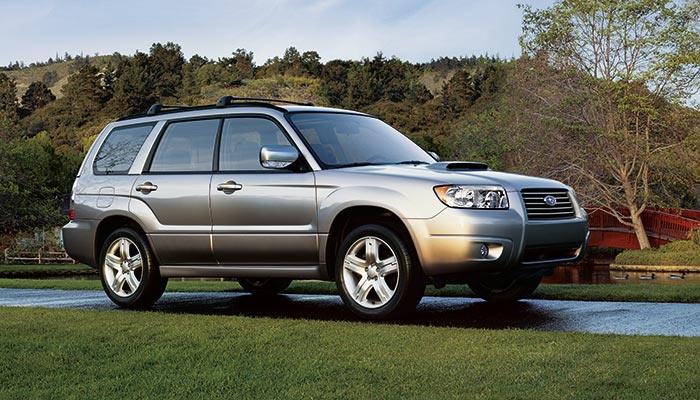
Toyota Charging System Diagnostics
A remanufactured alternator has just been installed on a 2008 Toyota Tundra. A few days ago, it left your shop with a happy owner, and now it has returned with the battery warning light glaring in your face. What’s your next move?
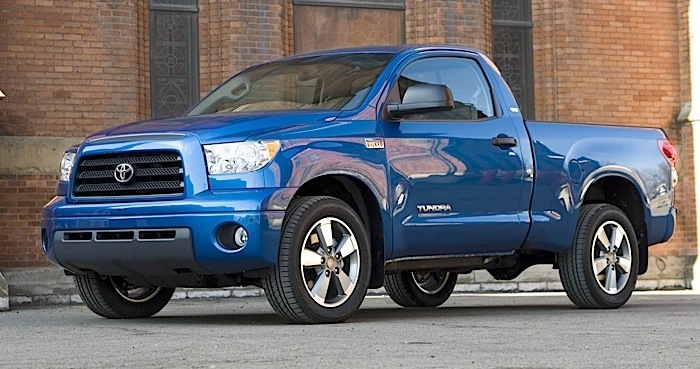
Engine Design: A Changing Diagnostic Approach
Modern propulsion technology requires high-speed data processing systems. For that reason, our relearning process actually began when CAN bus electronic systems were introduced by Mercedes-Benz circa 1990.
